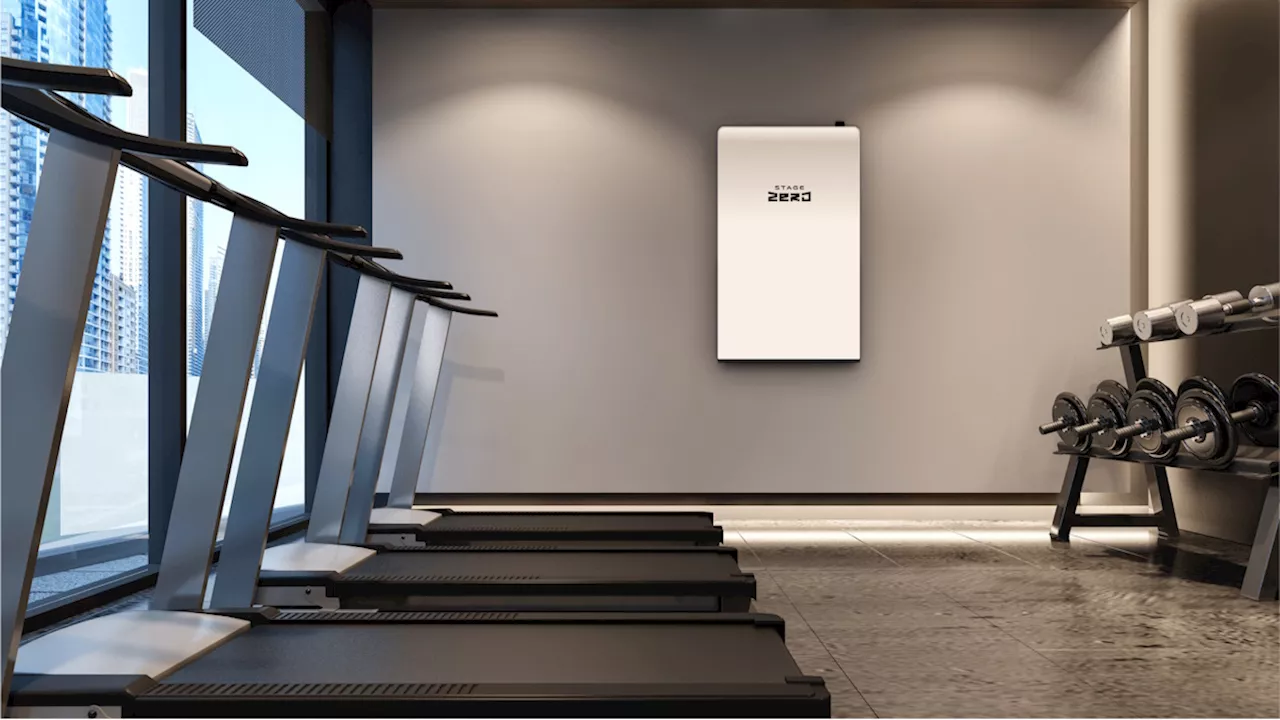This article explores the evolving landscape of cybersecurity threats and emphasizes the need for a zero-trust approach for small and medium-sized enterprises (SMEs). Traditional perimeter-based security models are no longer sufficient to protect against the growing risks of insider threats, remote work vulnerabilities, and sophisticated cyberattacks.
Protecting small and medium-sized enterprises (SMEs) from cyber threats goes beyond traditional firewalls. A zero-trust approach is now essential, offering enhanced security against insider threats and risks associated with remote work . Despite the initial investment, transitioning to zero trust is highly recommended for SMEs. The traditional approach to cybersecurity resembled a castle’s defences.
Threats were assumed to come from outside, with firewalls and other tools protecting the organisation’s perimeter. This model presumed that users and systems within the network could be trusted. Because, in many cases, the danger lurks from within. A perimeter-based model doesn’t account for threats from within the organisation, such as employees with malicious intent or compromised accounts. Secondly, the shift towards remote work, accelerated by the COVID-19 pandemic, has led to employees working from various locations using personal devices and unsecured networks. This makes maintaining a secure perimeter increasingly challenging. Thirdly, many businesses now depend on cloud services, blurring the boundaries of the traditional network perimeter. Lastly, cybercriminals have honed their skills, particularly in phishing attacks. They can now bypass traditional defences and exploit weak credentials and vulnerabilities within the network. In cybersecurity, the zero-trust approach means not trusting anything by default and, instead, verifying everything. This means that all users, inside or outside the organisation’s network, must be authenticated, authorised, and validated before accessing applications and data. Unlike the traditional model that assumes trust once inside the network, zero trust continuously verifies and monitors all access attempts and network activities. This fundamental shift in approach addresses the limitations of perimeter-based security by treating every access request as if it originates from an untrusted network
Cybersecurity Zero Trust Smes Insider Threats Remote Work
South Africa Latest News, South Africa Headlines
Similar News:You can also read news stories similar to this one that we have collected from other news sources.
 Top 5 Cyber Security Controls for SMEsAfrica's Technology News Leader
Top 5 Cyber Security Controls for SMEsAfrica's Technology News Leader
Read more »
 Game-changing tech adoption can turn SMEs into retail giantsThe story of technological innovation is one of empowerment. For SMEs, embracing digital transformation is not optional but essential
Game-changing tech adoption can turn SMEs into retail giantsThe story of technological innovation is one of empowerment. For SMEs, embracing digital transformation is not optional but essential
Read more »
 Sarb: financial stability but financial distress in households and SMEsThis is the first time that the Reserve Bank included the financial distress of households and SMEs in its financial stability review.
Sarb: financial stability but financial distress in households and SMEsThis is the first time that the Reserve Bank included the financial distress of households and SMEs in its financial stability review.
Read more »
 Futuregrowth Invests R150 Million in Sourcefin to Support South African SMEsFuturegrowth Asset Management has invested R150 million into Sourcefin, a fintech platform focused on providing alternative funding solutions to small and medium-sized enterprises (SMMEs) in South Africa.
Futuregrowth Invests R150 Million in Sourcefin to Support South African SMEsFuturegrowth Asset Management has invested R150 million into Sourcefin, a fintech platform focused on providing alternative funding solutions to small and medium-sized enterprises (SMMEs) in South Africa.
Read more »
 Stage Zero: Harness the Power of Solar and Slash Your Energy BillsStage Zero offers a revolutionary solar solution that empowers homeowners and businesses to take control of their energy costs. With no upfront fees and savings starting from day one, Stage Zero eliminates the barriers to entry for clean, sustainable energy.
Stage Zero: Harness the Power of Solar and Slash Your Energy BillsStage Zero offers a revolutionary solar solution that empowers homeowners and businesses to take control of their energy costs. With no upfront fees and savings starting from day one, Stage Zero eliminates the barriers to entry for clean, sustainable energy.
Read more »
 GP edges closer to day zero with Lesotho Highlands Water Project delays, says expertThe Lesotho Highlands Water Project will see 780 million cubic meters of water pumped into the Integrated Vaal River System per annum.
GP edges closer to day zero with Lesotho Highlands Water Project delays, says expertThe Lesotho Highlands Water Project will see 780 million cubic meters of water pumped into the Integrated Vaal River System per annum.
Read more »
